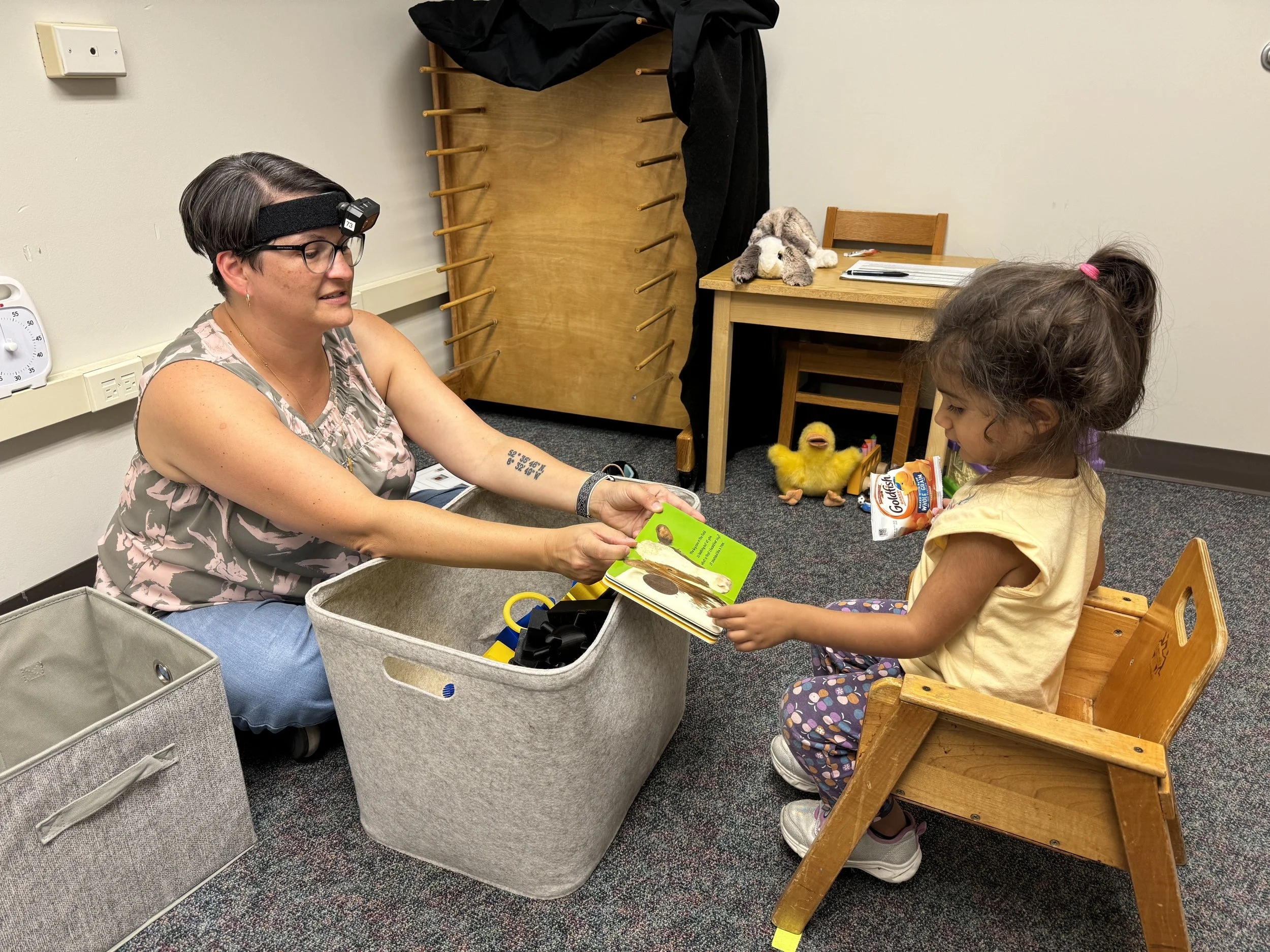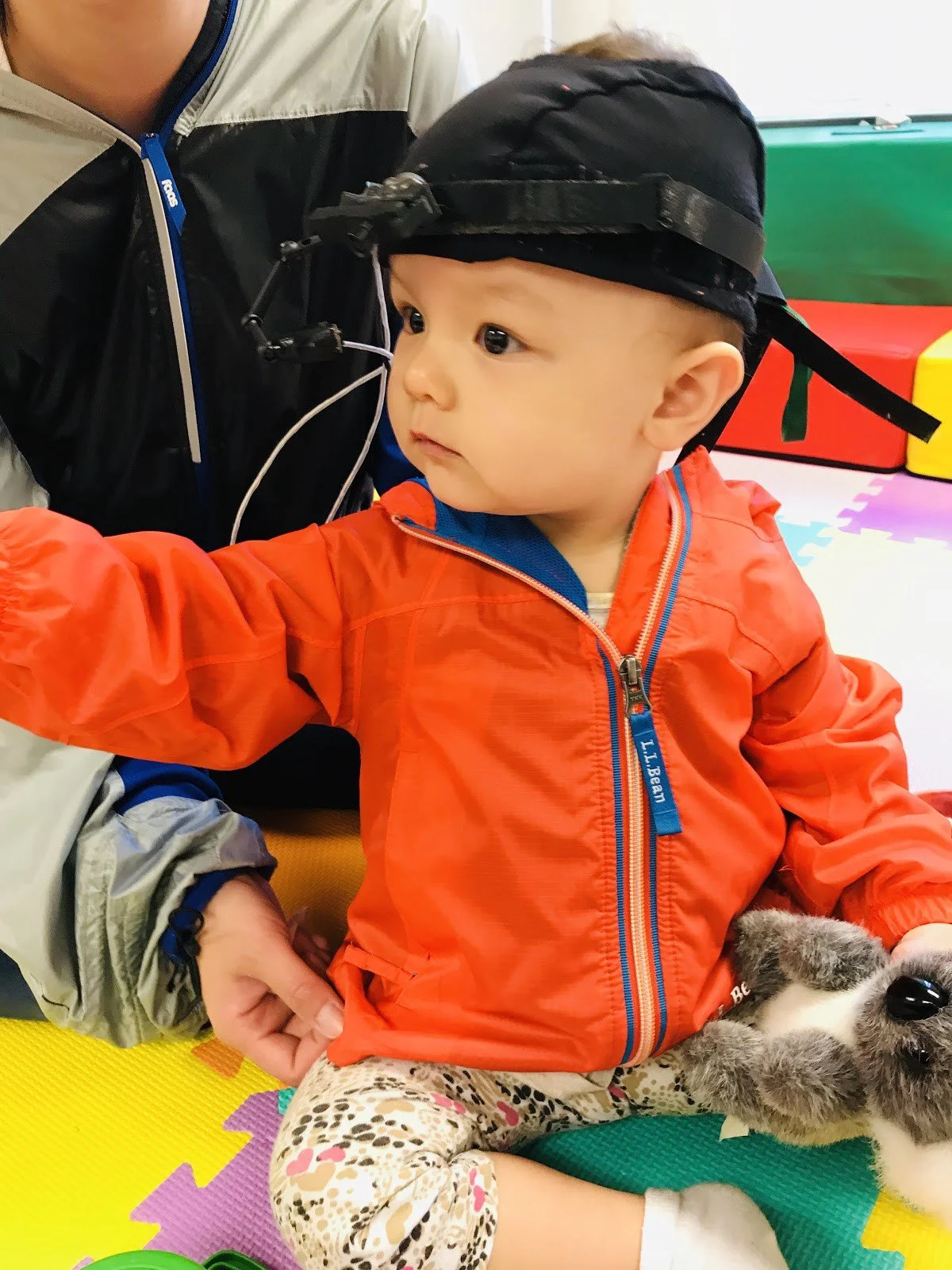Child Scientist Opportunities
Various studies combine to create a more complete picture of the process.
"No one thing we are studying is the whole story. It's how it all fits together in the end. We look at the early motor development, attention, social play, and language, from birth to three years. We hope to weave it all together. There are a lot of fundamentals to learn." -Dr. Linda Smith
Every baby and child is a valued contributor to our work
We invite you to learn more about your child by participating in studies of every aspect of language development. If you are interested in participating, please contact us.
-

Novel Toy Study
Ages Needed: 17–30 months
Visits: in lab, 3 visits
Study Description:We want to understand the relation between early visual experiences, visual development, early object recognition, and object name learning. In particular, the research is focused on how object play teaches toddlers about the visual properties of objects and categories.
This study involves 3 visits to the lab over 6–8 weeks. During each visit, we will ask your child to wear a headband with a small camera to record the view of their own play. Each session will be digitally recorded and will take 10–30 minutes. During the first visit, your child will be shown pictures of toys and asked to match them to images in a book. At each of the subsequent visits, your child will be presented with different types of toy objects and be encouraged to play with and explore them. The objects will be new toys that we have created for your child to explore. At the end of the play session, your child will be shown a picture book that an experimenter will guide them through, or they will play a matching game with the experimenter. All toys and equipment will be sanitized prior to the study.
-

Ages needed: 2-15 months
Visits: Longitudinal at home study (5 time points between 2 and 15 months)
Study description: We want to understand what is in the visual environments of infants and toddlers, and whether they change across the first two years of life. We give parents a soft headband - with a light-weight camera attached - to place on their infant's head. Parents are asked to turn the camera on whenever the infant is awake to record the natural scenes in their infant's everyday lives. Statistical regularities in visual environments are deeply connected to the visual system. Characterizing and quantifying the early visual environments of infants and toddlers may help us understand how the visual system gets built.
-

Ages needed: 12-30 months
Visits: 1 visit
Covid policy: Toys are thoroughly sanitized in between sessions and researchers will be masked at all times.
Study description: We want to understand what typical play looks like between infants/toddlers and parents. Children will wear a head camera while enjoying free play time with a parent/care giver. We will also ask the parent and child to read a book together at the end of the session. Free play gives researchers lots of different information about the way that parents and children interact and learn from each other.

